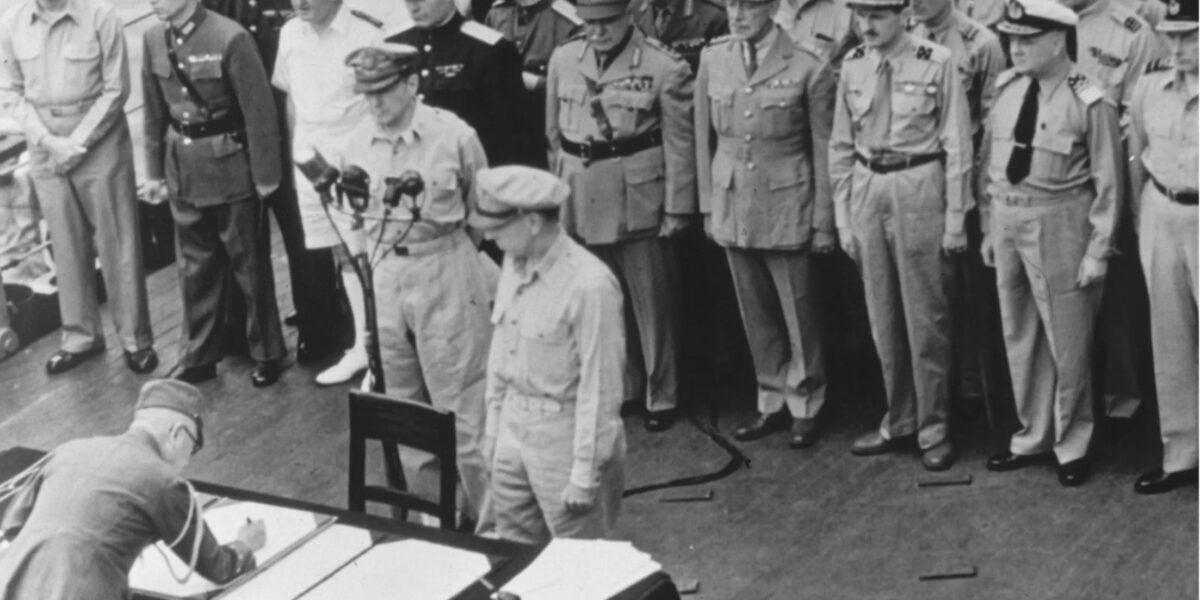Germany and Japan are on the brink of their worst political and economic crisis since 1945. Jahangir Mohammed argues that the US Marshall Plan provided economic prosperity, but not autonomy. They were not made free but were obedient to the US empire.
The US Marshall Plan and the Illusion of Freedom: Germany, Japan, and the Cost of American Reconstruction
Introduction
In the aftermath of World War II, the United States launched the Marshall Plan as a beacon of hope and recovery for war-torn Europe and Asia. Ostensibly aimed at rebuilding shattered economies and defending democracy, the Plan became the foundation for a new global order centred on American strategic interests. For Germany and Japan—two nations crushed militarily and morally—the Marshall Plan and U.S.-led reconstruction were framed as acts of benevolent aid. However, in light of today’s political volatility, economic stagnation, and rising far-right nationalism, a question must be posed: Did the Marshall Plan genuinely secure independence and freedom for these nations, or did it entrench a lasting form of subjugation under U.S. hegemony?
Article 9 and the Political Shackling of Japan
Article 9 of its U.S.-imposed constitution is central to Japan’s post-war identity. It renounces war and forbids Japan from maintaining “land, sea, and air forces, as well as other war potential.” This clause, drafted by American occupiers in 1947, effectively neutered Japan’s military sovereignty and locked it into a pacifist posture—ironically, while hosting one of the world’s largest U.S. military presences on its soil.
Article 9 ensured that Japan would never again become a military aggressor. However, it entrenched Japan’s dependency on the U.S. for security. Rather than preserving peace, Article 9 has become a tool for keeping Japan tethered to U.S. strategic imperatives in East Asia. The country is not free to chart its own defence policy, and its foreign relations remain filtered through Washington’s lens.
Debt Dependency: Japan’s Shackled Sovereignty
Japan’s economic subjugation to the U.S. is also deeply financial. Post-war reconstruction, fuelled by U.S. capital and market integration, entrenched Japan in a debt and currency alignment system that remains in place today.
Japan became the world’s largest holder of U.S. Treasury bonds, essentially financing American debt while keeping its own currency undervalued. Today, Japan holds over $1 trillion in U.S. government debt, reflecting not only economic entanglement but also structural dependency. Whenever the U.S. raises interest rates or shifts global monetary policy, Japan faces tremendous pressure to follow suit.
Meanwhile, Japan’s national debt has ballooned to over 260% of GDP, the highest in the developed world. The constraints on monetary sovereignty remain: any attempt to radically shift policy risks destabilising the Yen and shaking investor confidence, especially in a global economy still pegged to the dollar.
Germany and the Resurgence of Nazism
Germany’s integration into the Western bloc under the Marshall Plan followed a parallel path of reconstruction and containment. While the economic miracle was hailed as a capitalist success, post-war de-Nazification was superficial. Many Nazi-era officials were quietly reintegrated into the new state, especially in the bureaucracy and industry.
Far-right movements such as the Alternative für Deutschland (AfD) are gaining ground today, especially in Eastern Germany. Open admiration for Nazi symbols and ideologies is re-entering public discourse. This is not merely a failure of memory—it reflects unresolved tensions within Germany’s identity, amplified by economic and social dislocation.
The Cold War suppression of leftist ideologies left Germany politically stunted. Structural critique of capitalism or NATO alignment was marginalised, creating a political void now filled by reactionary forces. The resurgence of Nazism and suppression of support for Palestine and is not a reversion, but a symptom of a system never truly reformed and a country that has never really developed an independent political identity of its own.
Germany: Economic Giant, Strategic Dependence
Germany’s prosperity was built on foundations laid out by the Marshall Plan, but those foundations came with strict terms. Germany remains host to over 30,000 U.S. troops and key NATO command centres. Its foreign policy is aligned with U.S. strategic interests, not European autonomy.
Germany’s export-driven model flourished under U.S. market liberalisation, but at the cost of strategic flexibility. The U.S.-pressured abandonment of Nord Stream 2 amid the Ukraine war exposed this: in a moment of crisis, Berlin acted in Washington’s interests, not its own. The resulting energy crisis has devastated Germany’s industrial base.
Technologically and financially, Germany remains tethered to the U.S., from surveillance infrastructure to the dollar-dominated financial system. Sovereignty was sacrificed for stability, and that trade-off is now faltering.
Conclusion: Dependency in the Guise of Democracy
The Marshall Plan may have rebuilt Germany and Japan materially, but it did so in ways that ensured their subordination within a U.S.-dominated order. Sovereignty was traded for stability, and democracy was bound by American geopolitical priorities.
Today’s crises reveal that the foundations laid in the post-war years were never truly independent. If anything, they were prototypes for a neoliberal imperialism that now threatens to unravel. As the U.S. declines and multipolarity emerges, it is time to reassess the legacy of the Marshall Plan: Were Germany and Japan ever free, or remade in America’s image?
There is a lesson here for Muslim countries that have been destroyed by US and Western intervention and regime change operations: Iraq, Libya, and Syria, which have tied their political and economic futures to the US and the West, including their conditions for reintegration and acceptance, utilising Western allies such as Turkey and the Gulf states. Political or economic independence has rarely been achieved by clinging to the coat-tails of the American empire, particularly one that is in decline. All three countries have hitched their fortunes to the United States, and much of their wealth has already been looted.



Leave a Reply